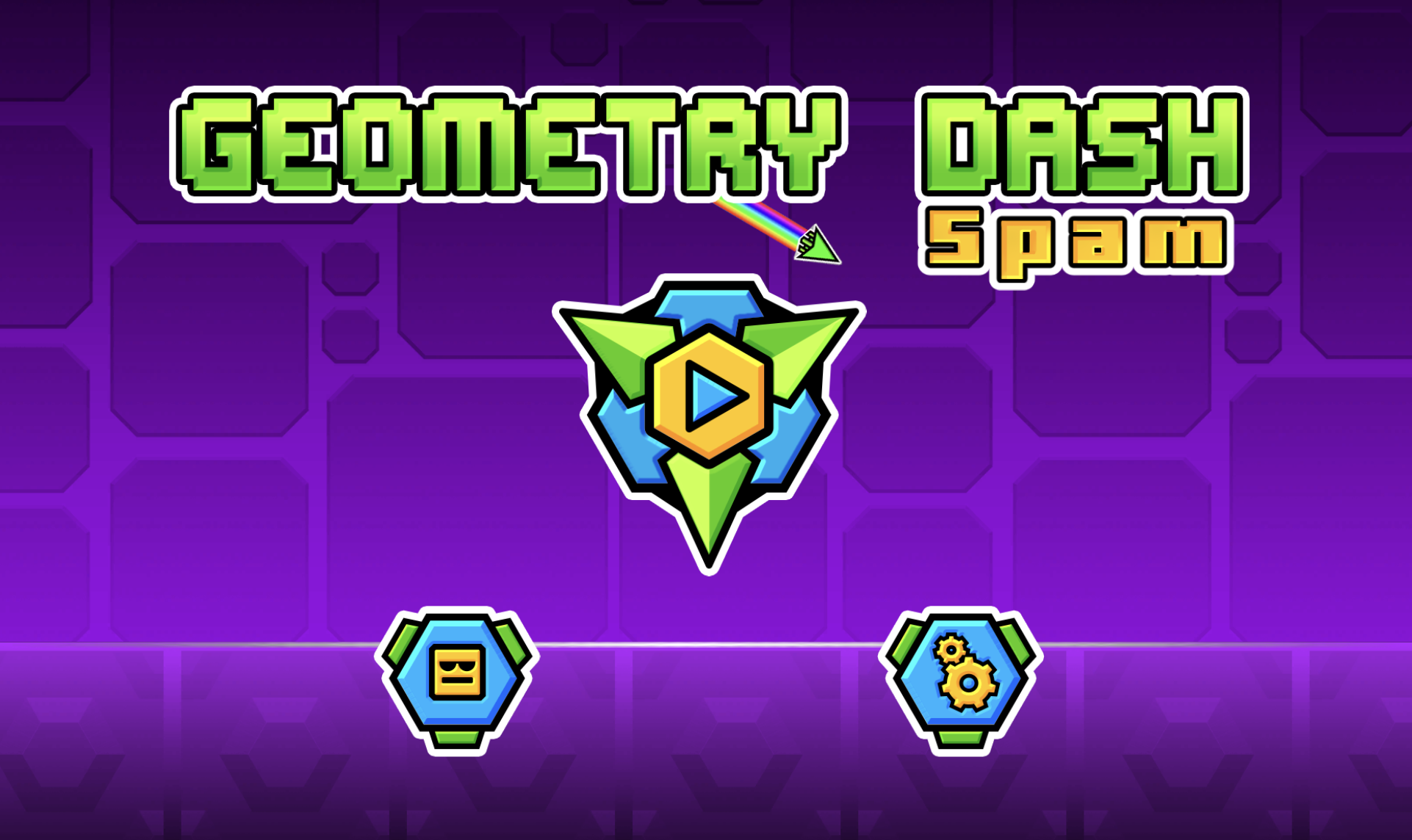Play Pips NYT Online — Domino Logic, Fresh Daily
Keep exploring
Keep the momentum going with more arena racers, action trials, and puzzle standouts.

Bloxd io

Fireboy and Watergirl: Fairy Tales

Fireboy and Watergirl: Light Temple

Speed Stars

Growden io

Take Care of Your Own Hollyberry

Stick It to the Stickman

Take Care of Your Own Shadow Milk

Geometry Dash Spam

Happy Land
Master the Domino Grid and Sharpen Your Deduction
Make domino logic your new coffee-break ritual
Pips NYT turns simple domino halves into a surprisingly rich reasoning workout. Each board is a tidy grid surrounded by small numbers that act like traffic signs for your placement. Those numbers indicate how many pip halves should live along particular edges or inside marked segments. Your job is to slide domino tiles into the grid so every region’s demand is satisfied and every pip face forms a valid pair. Because the constraints overlap in clever ways, a single confident placement can unlock a cascade of forced moves. That satisfying snap—when the last open cell finally agrees with all clues—is exactly why Pips NYT is so addictive.
Unlike heavy math puzzles, Pips NYT leans into clarity. The interface invites experimentation: drag, rotate if supported, and use temporary notes to explore what-if scenarios before you commit. Many solvers find that the best approach is gentle, methodical progress—no guesswork, no leaps of faith. Each tile has a rightful home if you read the board carefully, and the design makes those aha moments feel earned rather than lucky.
How the core loop clicks
Every round of Pips NYT asks you to reconcile three forces: numbered hints, pip parity, and adjacency rules. Numbered hints are the obvious signposts, but parity—how many dots remain to be allocated in a region—often provides the quiet truth. When parity and hints align, invalid options vanish, leaving only logical placements. Adjacency ties it all together: once a domino number is used in a specific connection, the same face can no longer float elsewhere without breaking the counts. The result is a puzzle that rewards clean bookkeeping and careful reading.
As you progress, Pips NYT teaches you to see structure. You’ll notice corridors that can only fit a certain tile orientation, corners that force particular pairings, and bands where the remaining dot totals have exactly one workable arrangement. This pattern literacy builds with every puzzle, turning early hesitation into smooth, deliberate motion.
Quick start for new solvers
Begin by scanning the perimeter in Pips NYT. Regions that show zero instantly rule out any pips spilling into those lines; conversely, regions with high counts demand attention because they must host multiple halves. Mark elimination lines with provisional notes, then check the remaining spaces that still need dots. Next, evaluate tight corridors—1-cell channels or uneven corners—where only one domino orientation actually fits. Each time you place a tile, revisit totals to update what’s left. This habit prevents you from drifting into contradictions.
Another gentle habit in Pips NYT is balance tracking: keep a running sense of how many pips of each value remain unpaired in the active zones. If a segment has only two pip halves left to place and a corridor can accept only one orientation, you’ve likely found a forced move. Stack small certainties like these and the grid will resolve naturally.
Pro tactics that save minutes
- Exploit extremes: In Pips NYT, any region displaying the minimum or maximum possible count is a gold mine. Fill or block decisively, then propagate the consequences across adjacent lines.
- Mirror check: When the grid has symmetrical pockets, try a light mirror analysis. If a choice on one side would break totals on the other, you can prune that option immediately in Pips NYT.
- One-way corridors: Spot L-shaped or Z-shaped gaps that effectively force a domino’s direction. These are common late in Pips NYT runs and often unlock the final third of the board.
- Ledger discipline: Keep a mental or penciled ledger of remaining pip halves by zone. Meticulous counting is the antidote to late mistakes in Pips NYT.
Avoid these common traps
Impatience is the enemy in Pips NYT. Guessing early creates echoes—ten moves later you’ll discover an inconsistency with no easy way to backtrack. Use notes. Mark possibilities with light touches until a number, corner, or corridor forces your hand. Another trap is ignoring cross-region consequences. A placement that satisfies one edge might silently overfill its neighbor. After each tile, sweep the nearby counts and update them before moving on. Finally, treat corners like traffic hubs rather than dead ends. Corners in Pips NYT often dictate orientation for adjacent slots two or three steps away.
Why you’ll keep coming back
Daily variety keeps Pips NYT fresh. Some days center on crisp pathing problems; others lean into tight arithmetic where a single pip tip-over matters. The interface makes replay inviting—instant undos, tidy visuals, and a note layer that never gets in the way. Whether you’re squeezing a puzzle into a two-minute break or savoring a longer grid at night, Pips NYT scales to your rhythm. And for learners, the puzzle is a perfect gateway into logical thinking—less intimidating than full-blown deduction games yet rich enough to feel meaningful.
Step-by-step method you can trust
Here’s a compact cycle you can reuse in every Pips NYT board: (1) Perimeter scan for 0s and maximums; mark eliminations and must-fills. (2) Fit-check skinny corridors and corners; place any tile with only one possible orientation. (3) Recount regional pip quotas; update remaining totals. (4) Sweep for contradictions; if two neighbors can’t both be satisfied, one is wrong—roll back lightly using notes. (5) Repeat the scan with fresh information until the grid collapses into inevitability. This loop minimizes guesswork and builds confidence.
Accessibility and flow
Because Pips NYT has clean visuals and intuitive drag actions, newcomers feel grounded right away. Notes ensure you can explore lines of thought without commitment, and crisp feedback makes errors easy to spot. The design feels tactile—the act of aligning a domino is pleasant on its own—so even incremental progress is rewarding. If you enjoy Sudoku, nonograms, or kakuro, you’ll recognize the same satisfying logic arcs here, but with a domino twist that feels refreshingly physical.
Lightweight strategy glossary
- Edge pressure: In Pips NYT, heavy edge counts push pips inward; light edges pull them away. Use this to bias your early placements.
- Parity lock: When only an even or odd number of dots can remain in a zone, orientations that contradict that parity are eliminated immediately in Pips NYT.
- Chain forcing: A single forced corner creates a path of follow-up moves. Train yourself to ask, “What did this change elsewhere in Pips NYT?”
Small wins add up
Most victories in Pips NYT come from stacking tiny deductions. A one-cell nudge here, a narrowed corridor there—suddenly half the board is resolved. If a section feels stubborn, pivot to a different edge, harvest a few certainties, then return with more information. This respectful back-and-forth with the grid is the heart of the experience. With practice, you’ll finish boards faster, make fewer corrections, and savor the smooth glide from confusion to clarity that defines Pips NYT.
Set a timer, sip your coffee, and give yourself five calm minutes with Pips NYT. You might stay longer—the final click is worth it.
Play Pips NYT Online — Domino Logic, Fresh Daily is ready to play
Solve crisp domino-logic boards from the NYT: drag tiles, satisfy edge counts, track pip totals, and refine deductions with notes. Enjoy a fresh daily puzzle and a deep archive.
Share Play Pips NYT Online — Domino Logic, Fresh Daily
Spread the word, invite friends, or bookmark this page to revisit the story whenever you need it.